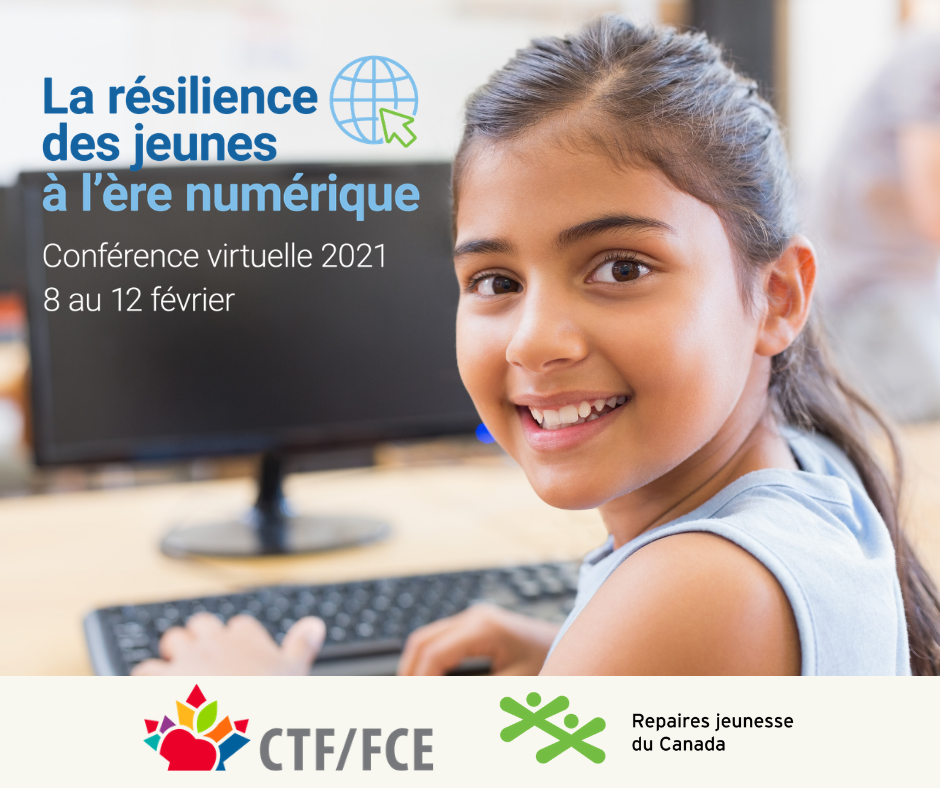
It has never been more important to consider how we are centring connection in our work in Education. In this keynote talk, I offer some insights on how we might centre connection, critique and compassion in the work we do, systemically in schools to support learners. Resilience is a complex and multifaceted process — and it requires risk. But how do we help kids respond effectively to the risks they meet online? What seems to support good outcomes are strategies that Sonia Livingstone and her colleagues have described as active mediation strategies: talking to kids about what is good and not good online; talking about motivations, and the ways that the Internet works, digital practices to critique; inviting kids to create representations of digital dilemmas; talking through problems and how to solve them.
When kids have strategies, the harms of troubling things encountered online may be reduced. In schools, we could be doing more of this. And, we could be questioning the just-say-no approaches that include acceptable use policies and surveillance, particularly when these are not sufficiently integrated in programs of support. It isn’t enough to tell kids what not to do. They need modelling, practice, discussion and opportunities to create digital products so that they come to understand the ways that digital systems work.
Let’s centre connection, critique and compassion. I think kids will be safer and stronger as a result.
Slides below.